Optimal Timing for Brush Clearings
Brush clearings are most effective when performed during specific times of the year to maximize safety and efficiency. Timing depends on local climate conditions, plant growth cycles, and weather patterns. Proper timing can help reduce fire hazards, improve land management, and promote healthy regrowth.
Ideal for removing dead or overgrown vegetation before the peak growing season begins, reducing fire risks and encouraging healthy plant growth.
Suitable for clearing after the main growing season, when vegetation has matured, making it easier to identify and remove excess brush.
Effective after snowmelt when soil conditions are firm, allowing for safer and more efficient clearing operations.
Best to perform brush clearings during dry spells to minimize soil disturbance and reduce the risk of spreading fires.
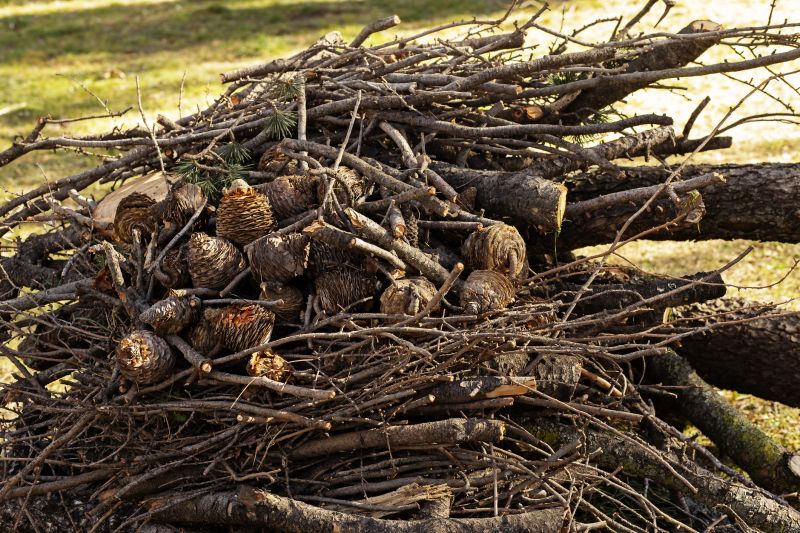
A crew performs clearing as plants begin to sprout, reducing fire hazards early.
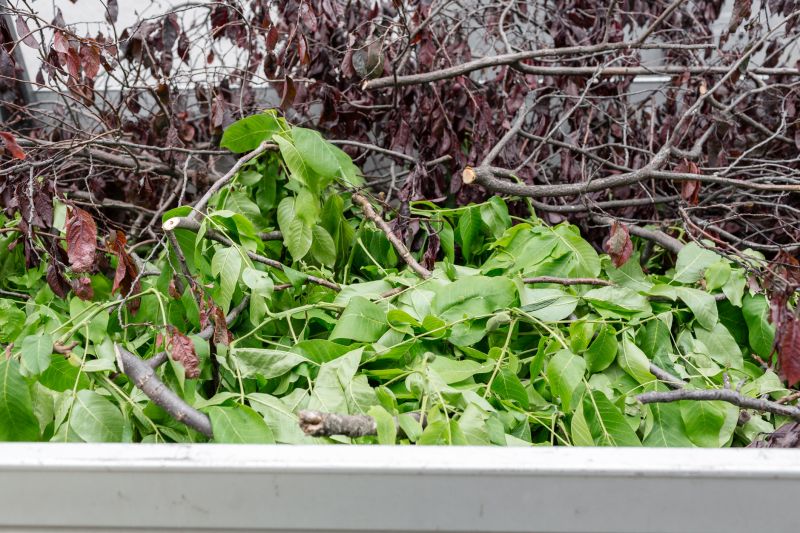
Vegetation is mature, making it easier to identify and remove excess brush.
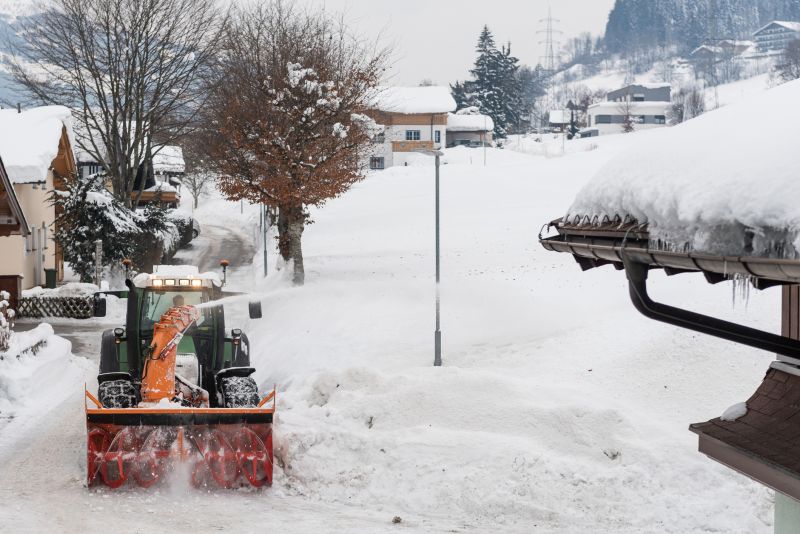
Clearing after snowmelt prepares land for planting or development.
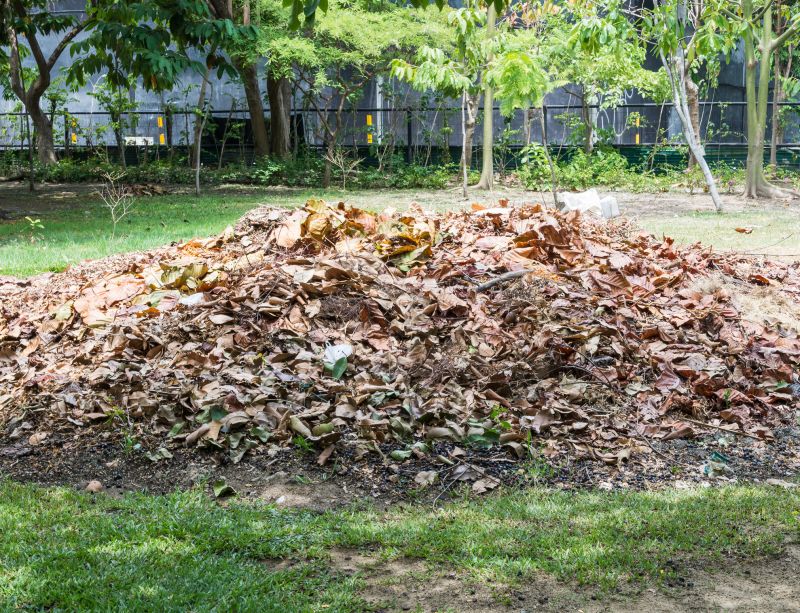
Ways to make Brush Clearings work in tight or awkward layouts.
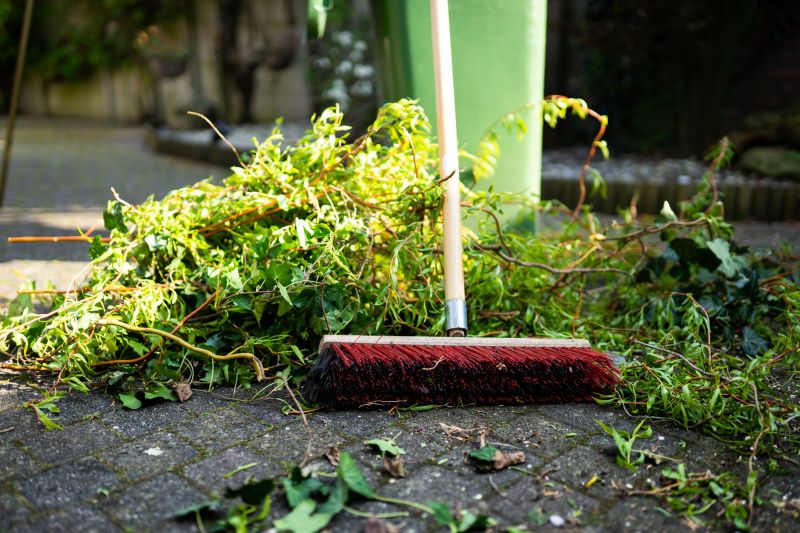
Popular materials for Brush Clearings and why they hold up over time.
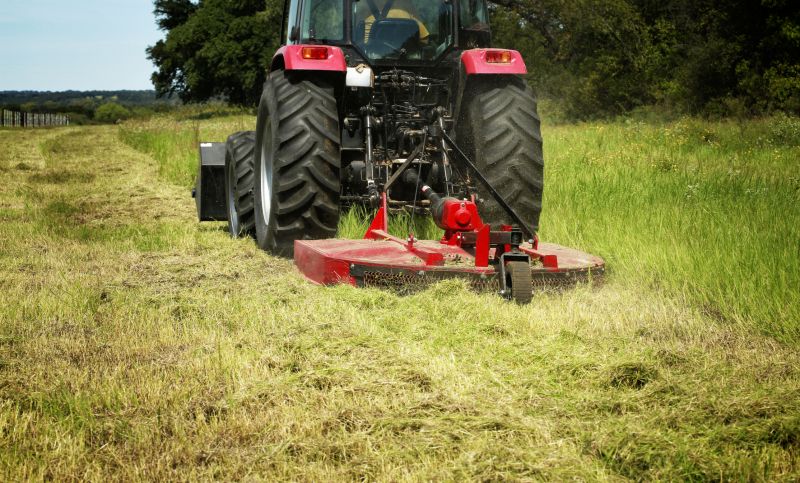
Simple add-ons that improve Brush Clearings without blowing the budget.
Brush clearings involve removing overgrown vegetation, dead wood, and dense underbrush to improve land safety and usability. Proper timing ensures that the clearing process is effective and minimizes environmental impact. Regular maintenance can prevent wildfires, control invasive species, and promote healthier ecosystems.

Teams conduct brush removal to prepare land for the growing season.
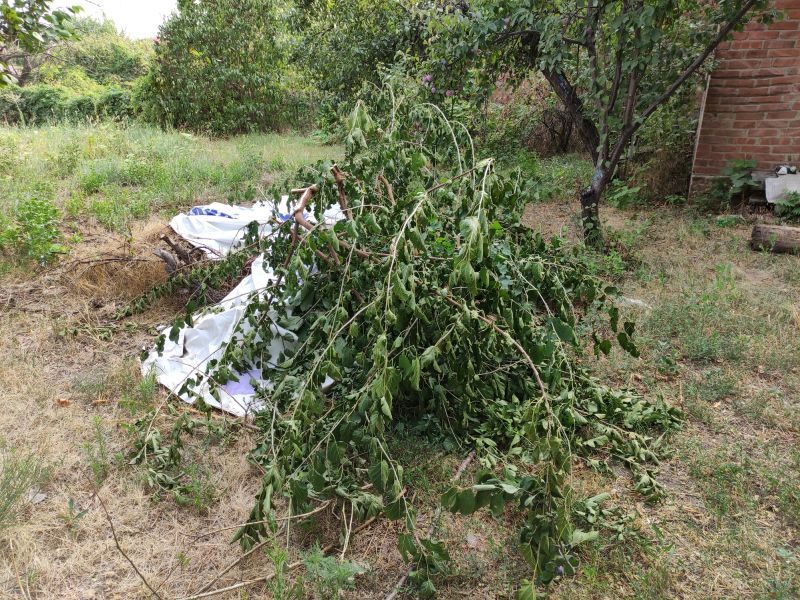
Removing excess brush to reduce fire risk during dry months.
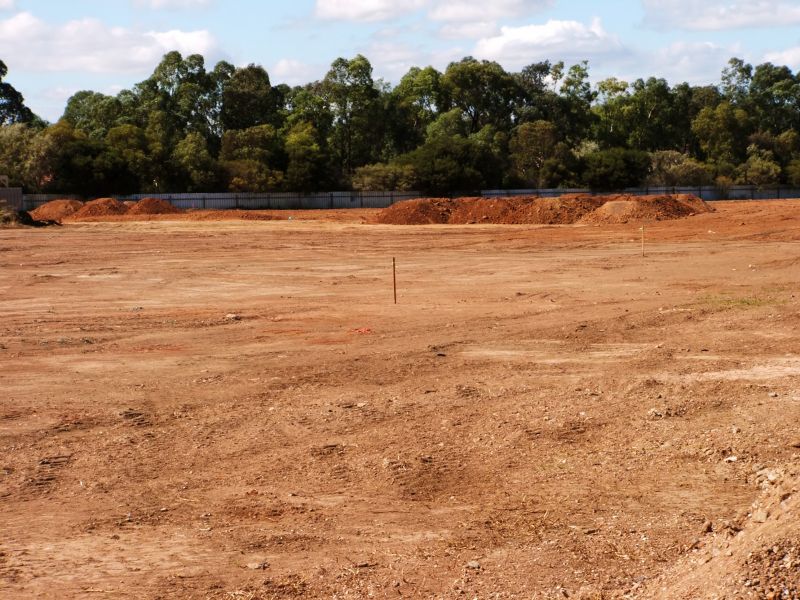
Clearing to restore land after snowmelt and prepare for planting.
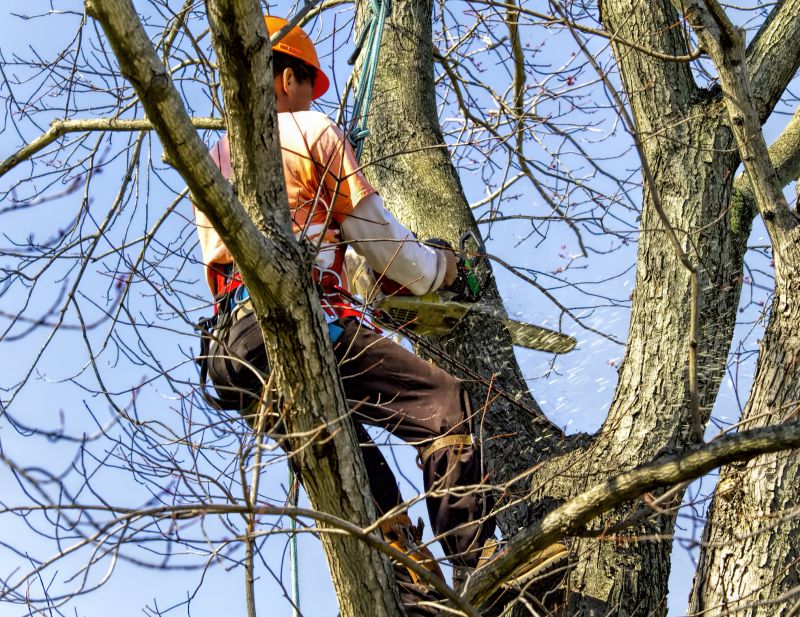
Scheduled brush clearings during dry periods to maintain land safety.

High-end options that actually feel worth it for Brush Clearings.

Finishes and colors that play nicely with Brush Clearings.
| Best Time for Brush Clearings | Key Benefits |
|---|---|
| Spring | Reduces fire risk early and promotes healthy growth. |
| Late Summer/Early Fall | Easier removal of mature vegetation; prepares land for winter. |
| Post-Winter | Prepares land after snowmelt; reduces wildfire hazards. |
| Dry Weather Periods | Minimizes soil erosion and fire spread. |
| Avoid Wet Seasons | Prevents soil disturbance and access issues. |
Understanding the optimal timing for brush clearings can significantly enhance land management efforts. Timing considerations include local climate, vegetation cycles, and weather conditions. Proper scheduling ensures safety, efficiency, and effectiveness in reducing fire hazards and maintaining healthy landscapes.

Vegetation begins to grow, making early clearing beneficial.

Managing dense underbrush during dry months.

Clearing after snowmelt for land restoration.
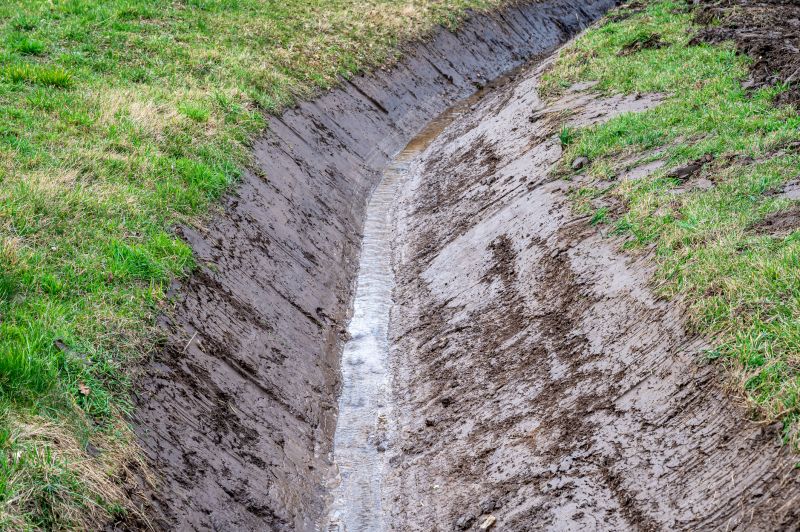
Scheduled clearing to reduce fire risk during droughts.
Interested in scheduling a brush clearing? Filling out the contact form can provide more information and help plan for optimal timing based on specific land conditions and local climate factors.



